A bright dense hat, reminiscent of autumn foliage in color, a thick leg, an impressive size and a pleasant taste made boletus mushroom the most favorite forest delicacy in our latitudes. Despite the wide popularity of redheads, as they are also called, few people know what useful properties these mushrooms are endowed with and that there are many species, each of which has its own characteristics.
Content
Characteristic features of boletus
Under the name "boletus" hiding far from one species of mushrooms, in fact, all species of the genus Lekcinum, or Obabok, are combined here. This genus belongs to the Boletov family from the class of Agaricomycetes.
Appearance and photo
Redheads have a striking appearance and impressive size, unlike many other edible mushrooms. A photo of the mushroom will help to clearly understand exactly how the boletus looks, but it should be noted that each species has its own characteristics that distinguish them from each other.
| Mushroom parts | Color | The size | Texture | The form |
|---|---|---|---|---|
| Hat | From orange to terracotta (there are exceptions). | In diameter from 5 to 30 cm. | Dense, smooth, may be slightly velvety. | Hemisphere (in young); cushion (in mature). |
| Tubular layer | From white to brown. | 1-3 cm thick. | Porous. | Fusiform. |
| Leg | White-gray with dark inclusions in the form of scales. | An average of 15 cm in height and 5 cm in width. | Dense (in immature mushrooms); soft and fibrous (in ripened boletus). | Club-shaped with a marked extension below. |
Morphology
Boletus from other mushrooms differs not only in a bright hat and large fruiting body, but also in the reaction of the pulp to oxygen. The fact is that the flesh of redheads darkens in the place of cut. If the fungus is damaged, quinones (chemicals in mushroom juice) begin to be produced in the pulp, which, interacting with oxygen, stain the mushroom pulp first in pink and then in blue or black.
The hat is from 8 to 25 cm in diameter (spherical in young mushrooms, flat-convex in mature ones), velvety, reddish. Leg - up to 27 cm high, dense, thick, often bluish at the base, strewn with scales.
Habitat
Boletus is a fairly common mushroom and grows in almost all forests of the globe. Redheads can be met both in the Caucasus and in Europe, Western Siberia or the Far East. They grow not only in deciduous, but also in mixed forests, choosing the advantage of cool, darkened places.
Eating
All representatives of the genus Lekcinum are edible, they can be added to food without fear. And you can cook them in any convenient way - from salting - to frying.
Types of boletus and their description with photos
Boletus includes many species that have their own distinctive features both in size and in color. A description of the species of the leccinium genus is presented below.
Red aspen or krasnyuk
The appearance of krasnyuk changes as it ripens.At the first stages of growth, his hat looks like a hemisphere, a bit later it looks like a pillow and at the very end of ripening it becomes convex upward. The color of the tubular layer also changes during growth: if it is white at first, then it acquires an ocher color.
The diameter of the hat, as a rule, ranges from 7-18 cm. The color of the hat is closely interconnected with the place of germination. In forests where poplars predominate, the hat's bright color has a light gray hue, and next to the aspen the hat is mostly dark red.
The pulp is dense, fibrous, white. The leg is covered with scales that change their color from white to brown. The length of the legs can reach 18 cm, and the width is 4 cm. It does not have a pronounced smell and taste. He likes to grow near aspen, poplar, oak and birch, but next to coniferous trees this species does not grow.
Red or yellow brown
Another name for the species is Obobok. The largest boletus, distinguished not only by the “stocky body”, but also by the height of its legs. The height and width of the legs is 22 by 7 cm. The scales are small, from brown to black.
The shape of the hat resembles a hemisphere covered with dry, dull skin with a slight velvetiness. The diameter of the hat is 25 cm, it can be yellow and brown. As it matures, the color seems to fade, and the hat acquires ocher hues. The flesh, like most redheads, is dense and white, on the cut it turns purple or blue with a green tint in the leg. This species is most often found under a birch.
Boletus white
This mushroom is a rare species and is listed in the Red Book. The main feature of this species is the color of its hat. Unlike its bright relatives, this aspen is completely white, which is why it got its name. The skin of the hat changes under the influence of moisture, during rains it is covered with mucus, and in dry seasons it is always dry and smooth.
The tubular layer is light, becoming gray as it grows. The shape of the hat is similar to the shape of a different-skinned chin. Quite large, the diameter of his hat reaches an average of 12 cm, but under favorable climatic conditions it can reach 25 cm. Height - 15 cm. Leg circumference - 1-2 cm. Dark, almost black scales are present on the leg.
Oyster
Virtually no different from the red or yellow-brown appearance. The distinguishing features include only the chestnut-brown color of the hat and the almost cylindrical shape of the leg, which only slightly thickens downward.
Scales are brownish red. The pulp is mostly white, but may contain a small amount of gray or almost black veins. It grows mainly next to oak.
Red-headed pine
It has a fairly high leg (up to 18 cm), covered with brown scales. The color of the hat is brown with an orange tint.
The tubular layer, as it grows, changes its color from white to light brown with a grayish tint. The slice turns purple-gray. The place of growth is pine forests.
Aspen grasshopper
This species differs from its relatives in a small pink hat and light pinkish-yellow scales on the leg.
The leg is smooth, in shape resembles a cylinder. The tubular layer is angular, pink with a bronze tint.
Collection rules
Going for boletus is better after the rains, because they love moisture and grow pretty quickly in a period of high humidity.
Where to look and how to cut?
In deciduous forests, these mushrooms grow better than in mixed forests.It should be borne in mind that aspen trees grow on average in 3-6 days, so you should not go to the same place for "prey" more often than twice a week. Otherwise, you can be left without a "catch".
They grow mainly in families, which allows you to immediately collect a large number of redheads. It is better to collect young fruits, since aspen trees quickly deteriorate and there is a big risk just not to bring them home. Boletus should not be pulled out of the ground due to damage to the mycelium. Mushrooms are carefully cut with a knife at the base.
Differences from False, Inedible Varieties
Going to the collection, you also need to know about the existence of similar, inedible varieties of obabek. Among the species like boletus, there is only one inedible representative - the bile fungus, which is popularly called the false porcini mushroom.
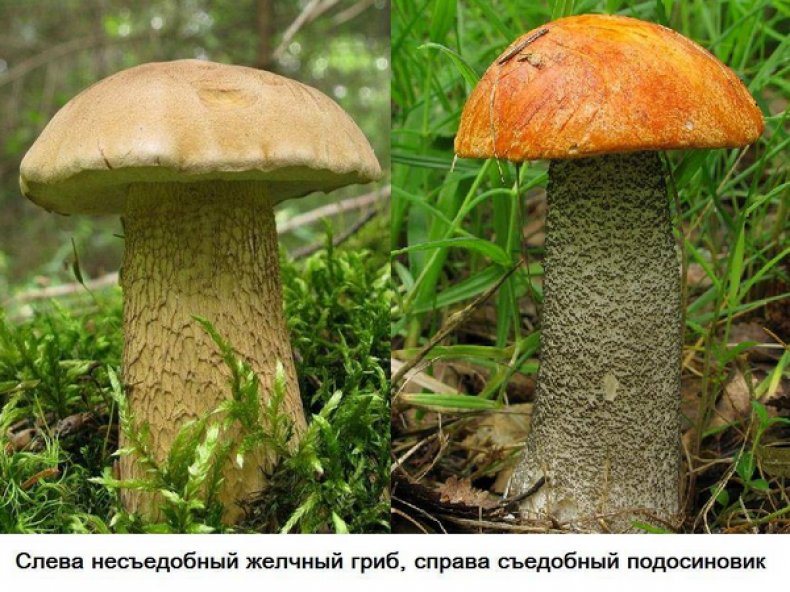
To distinguish it from a boletus you need to know that the mustard does not have scales on the surface of the legs. Instead, the leg is covered with a brown mesh. The hat is pale brown with bright spots on the edges. A section of the fungus is painted not in blue, but in dark pink, and later in brown. The bitter taste of this mushroom is not removed by any kind of treatment.
Useful properties and restrictions for use
Redheads have not only a pleasant taste, but also a number of useful properties. The pulp of mushrooms contains a large number of vitamins and minerals, including:
- vitamins PP, C, A and B2;
- potassium;
- alimentary fiber;
- proteins, fats and carbohydrates;
- iron;
- phosphorus;
- amino acids.
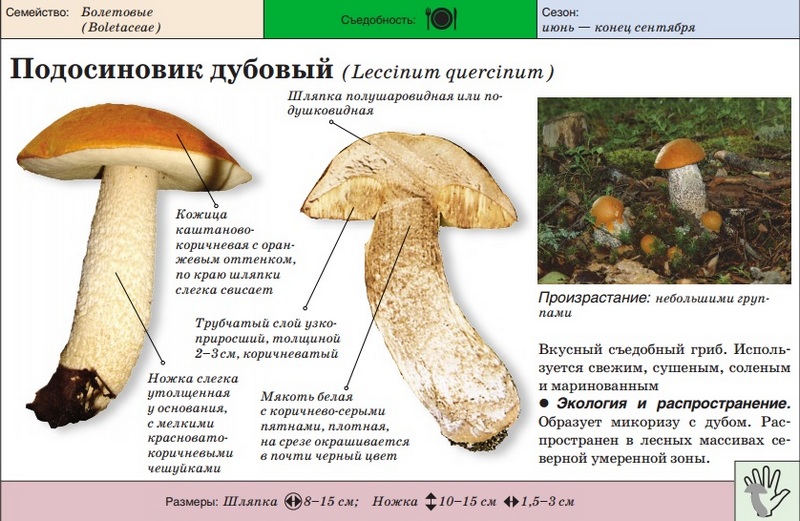
Such a number of useful elements allows you to use aspen as a remedy for high cholesterol in the body. Also, the chambers stimulate wound healing and increase immunity, due to which they are used to treat herpes cold, frostbite and other skin diseases.
Recipes and cooking features
Krosnogoloviki are very tender mushrooms and begin to deteriorate immediately after the cut, so the temperature treatment of the mushrooms must be done quickly. Before boiling or freezing the aspen, you need to inspect them for rot and cut off all the damaged areas. Such manipulations will avoid poisoning. Before any temperature treatment, the mushrooms are thoroughly washed.
It is better to cook them with the addition of salt and after removing the skin from the hats. Cooking time - 20-30 minutes. To enjoy the taste of boletus, you do not have to spend a lot of time and effort. After boiling, it is enough to fry the mushrooms in butter with the addition of onions, black pepper and salt.
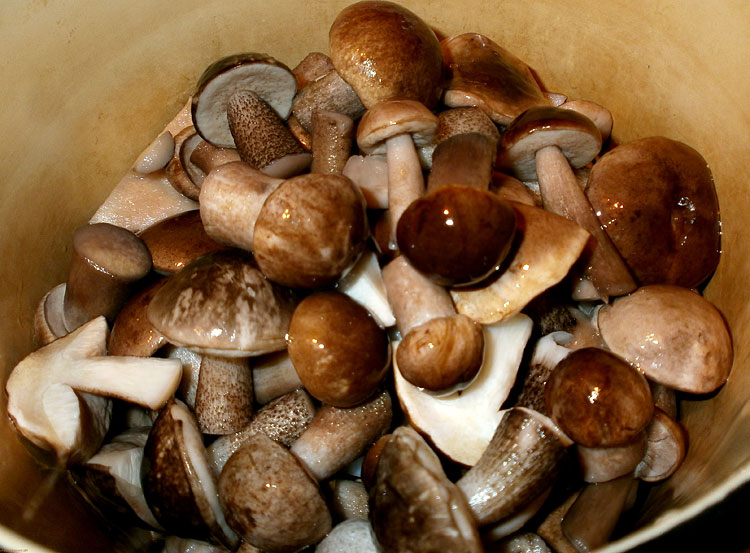
To do this, you need to take:
- Boletus (200-300 g).
- Onions (1 pc.).
- Butter (30-40 g).
- Salt and ground pepper (to taste).
Onions and aspen trees are cut into cubes. The onions are first fried until transparent, and only then the main ingredient is added. Boletus should be fried until all moisture comes out of them. Then add spices and fry for another 5-10 minutes.
Answers to Common Questions
This section provides answers to frequently asked questions from beginner mushroom pickers:
To distinguish these mushrooms from boletus, it is enough to make a slice. The pulp of bile fungi and boletus does not turn blue at the site of damage. It does not hurt to get acquainted with the features of the appearance of boletus, this will avoid a mistake.
Aspen mushrooms are mushrooms that have won the hearts of many mushroom pickers not only for their taste, but also for their appearance. It is difficult to ignore such a bright mushroom, walking through the forest. Aspen is also rich in vitamins and minerals, which allows it to be used in traditional medicine.

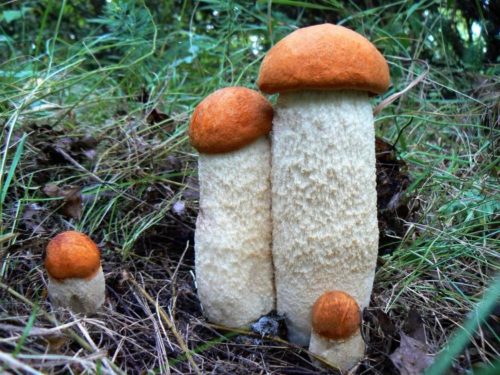
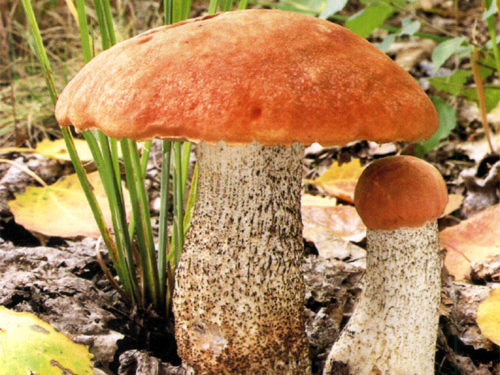
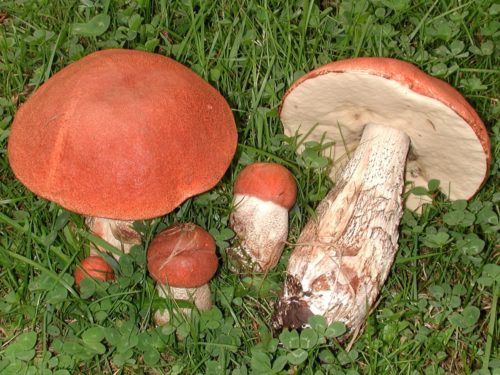
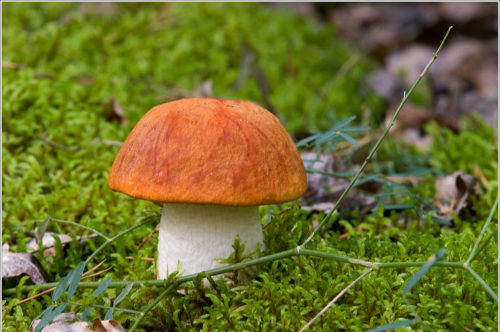
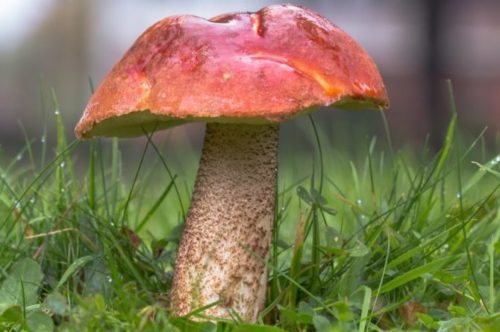
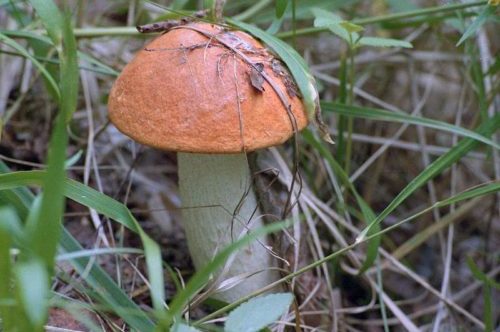
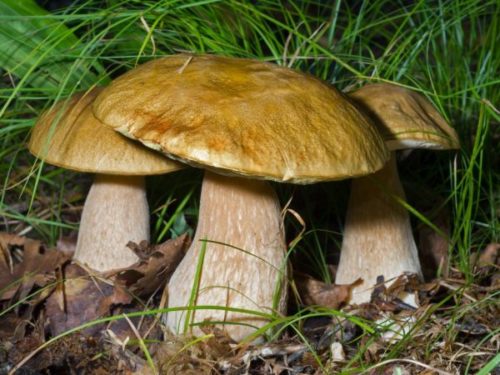
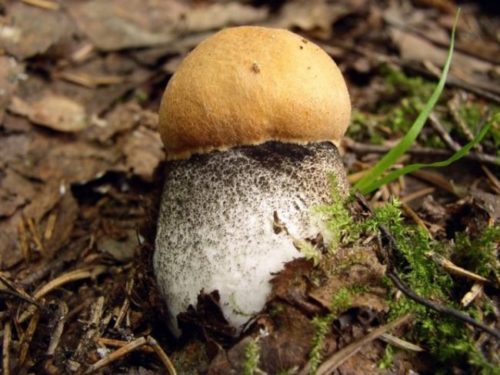
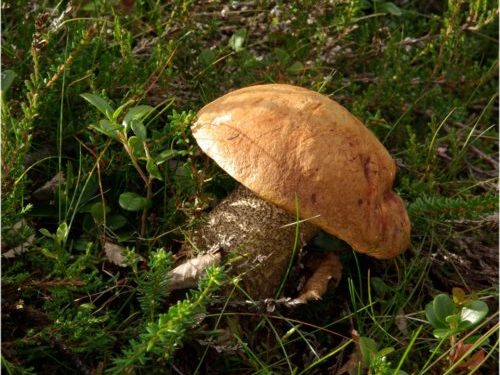
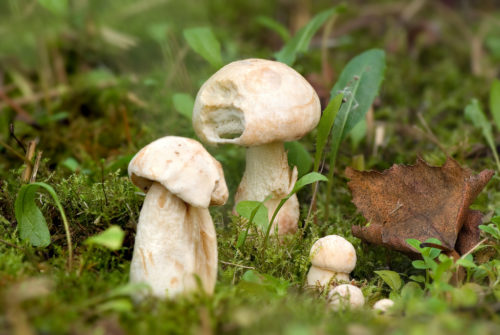
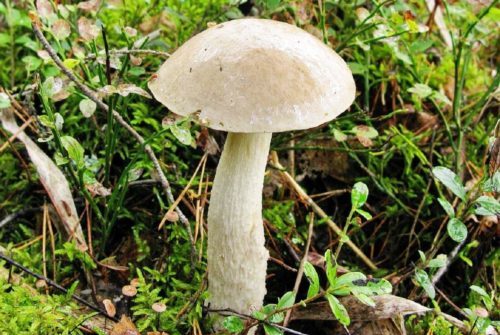
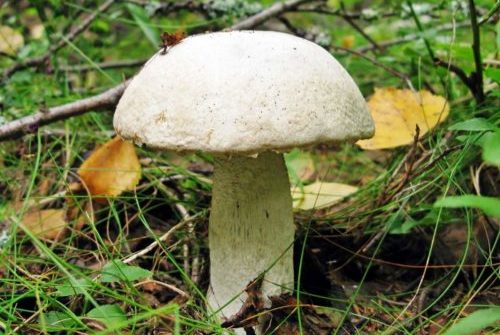
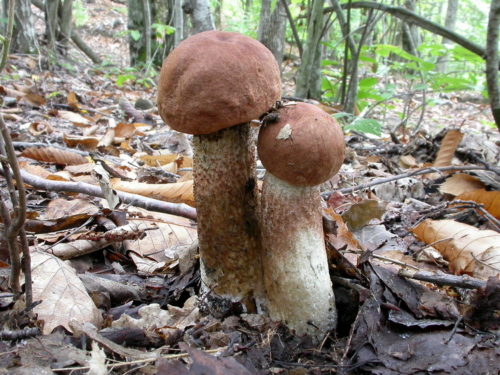
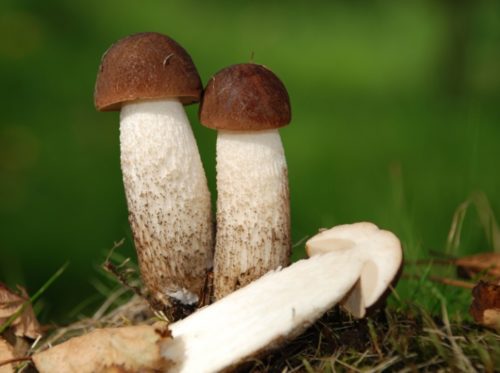
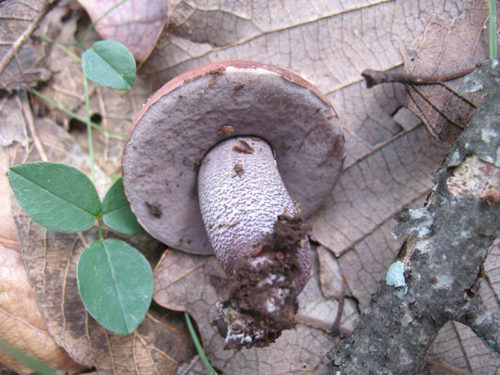
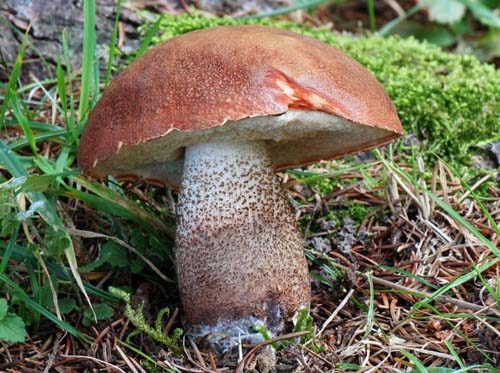
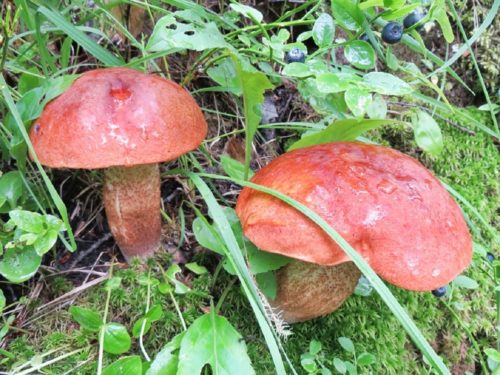
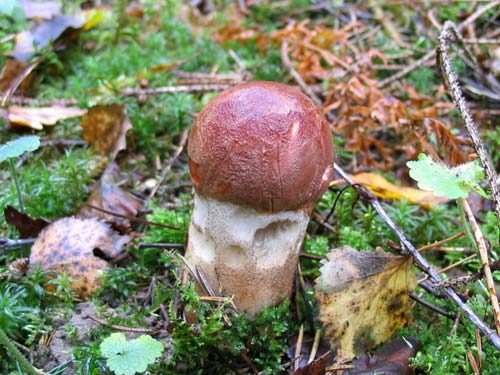
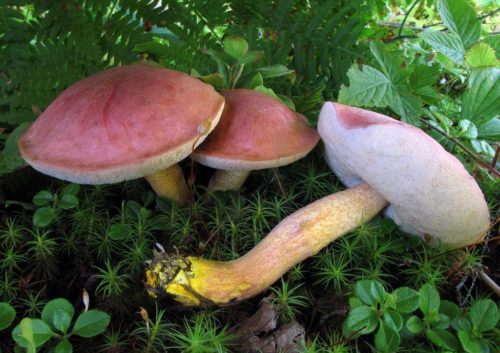
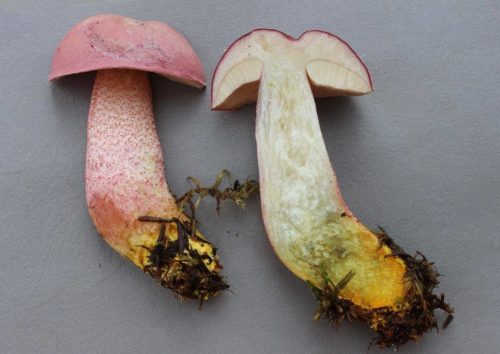
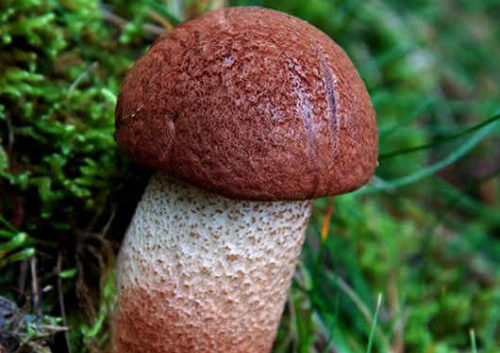



 Care and use of Kombucha at home (+22 photo)
Care and use of Kombucha at home (+22 photo) Edibility of the fungus of the motley umbrella and its description (+19 photo)
Edibility of the fungus of the motley umbrella and its description (+19 photo) Description of edible and inedible oils, their poisonous counterparts (+40 photos)
Description of edible and inedible oils, their poisonous counterparts (+40 photos) Useful properties of milk mushroom and its contraindications (+17 photos)
Useful properties of milk mushroom and its contraindications (+17 photos)